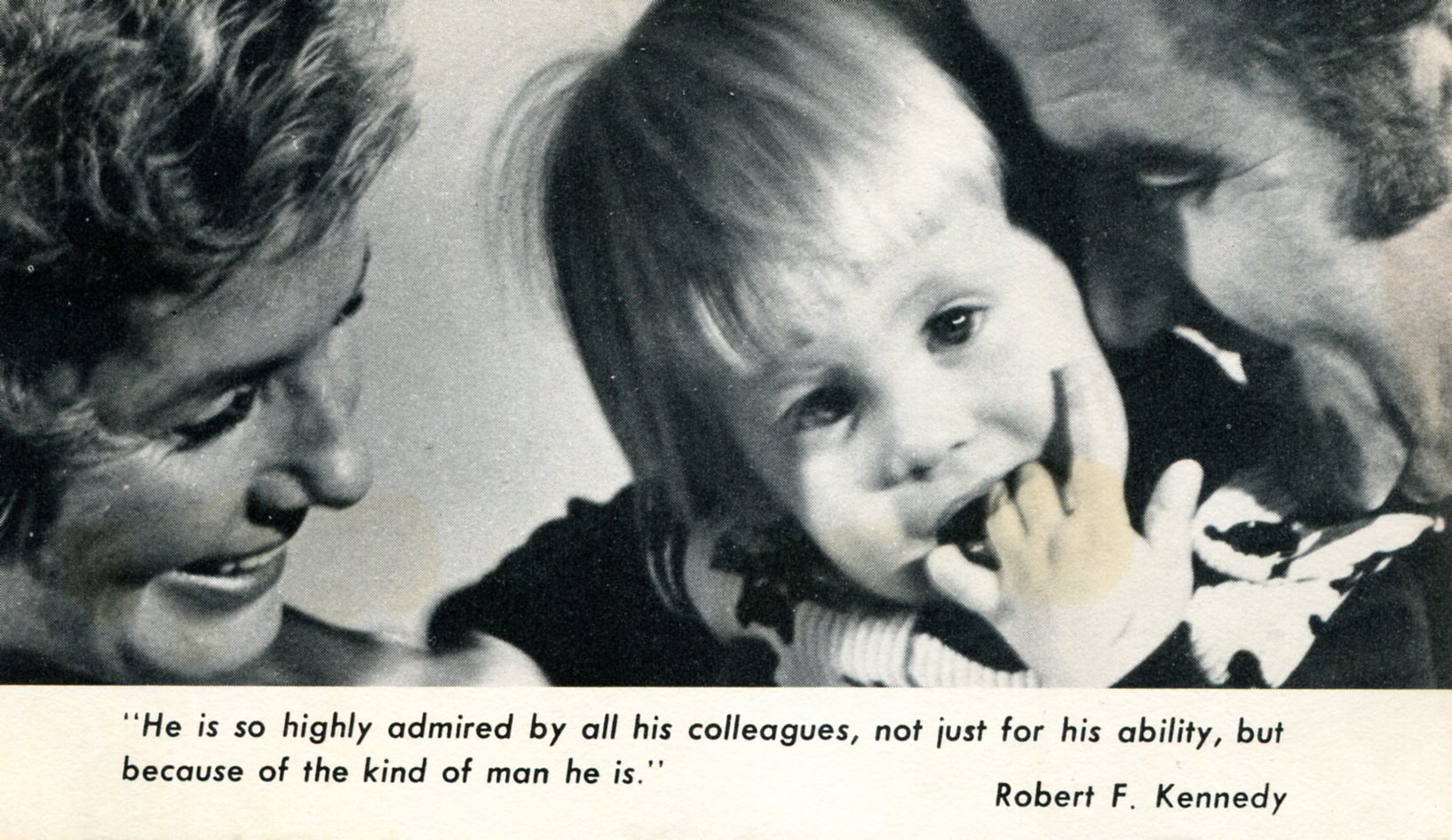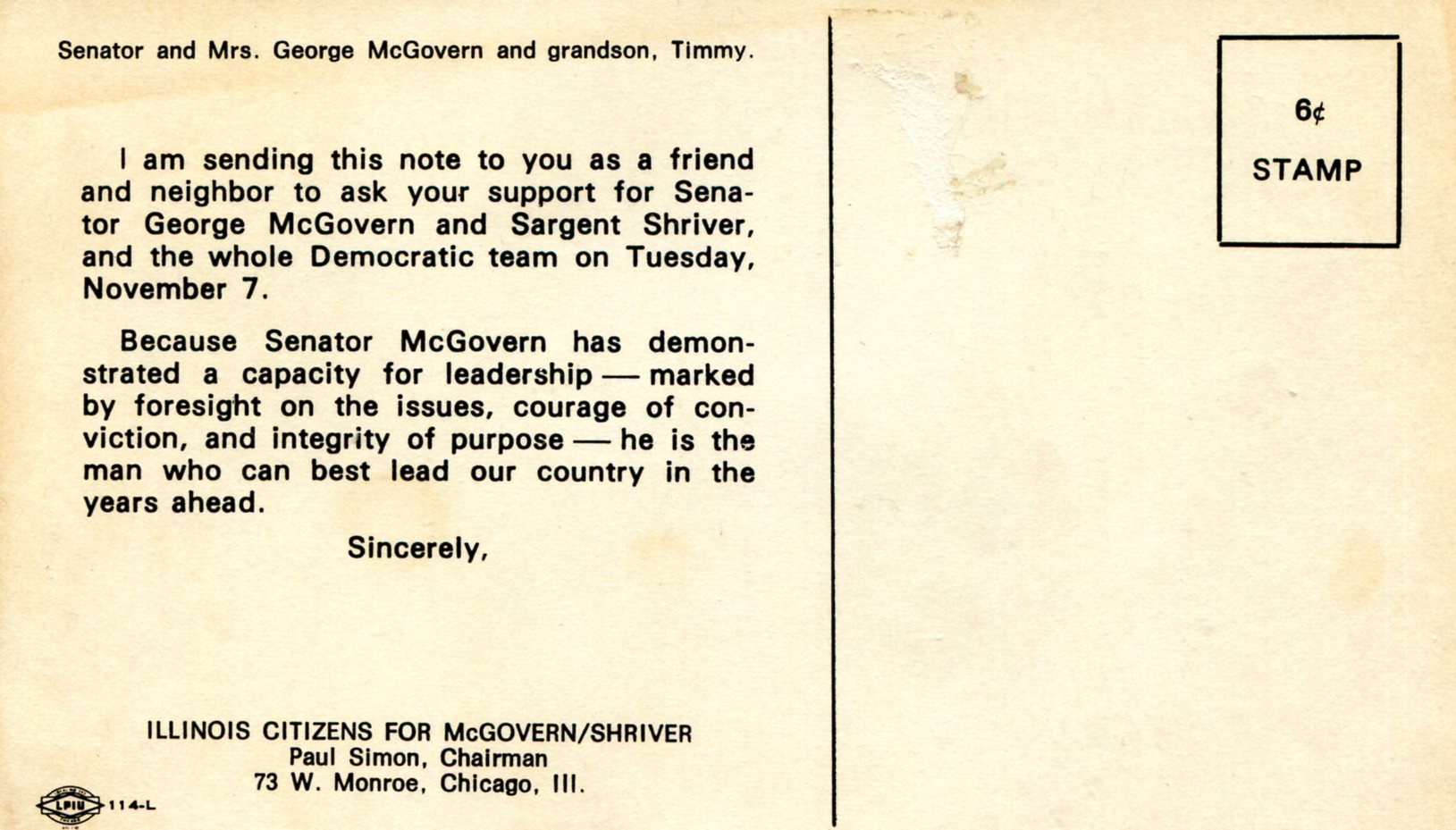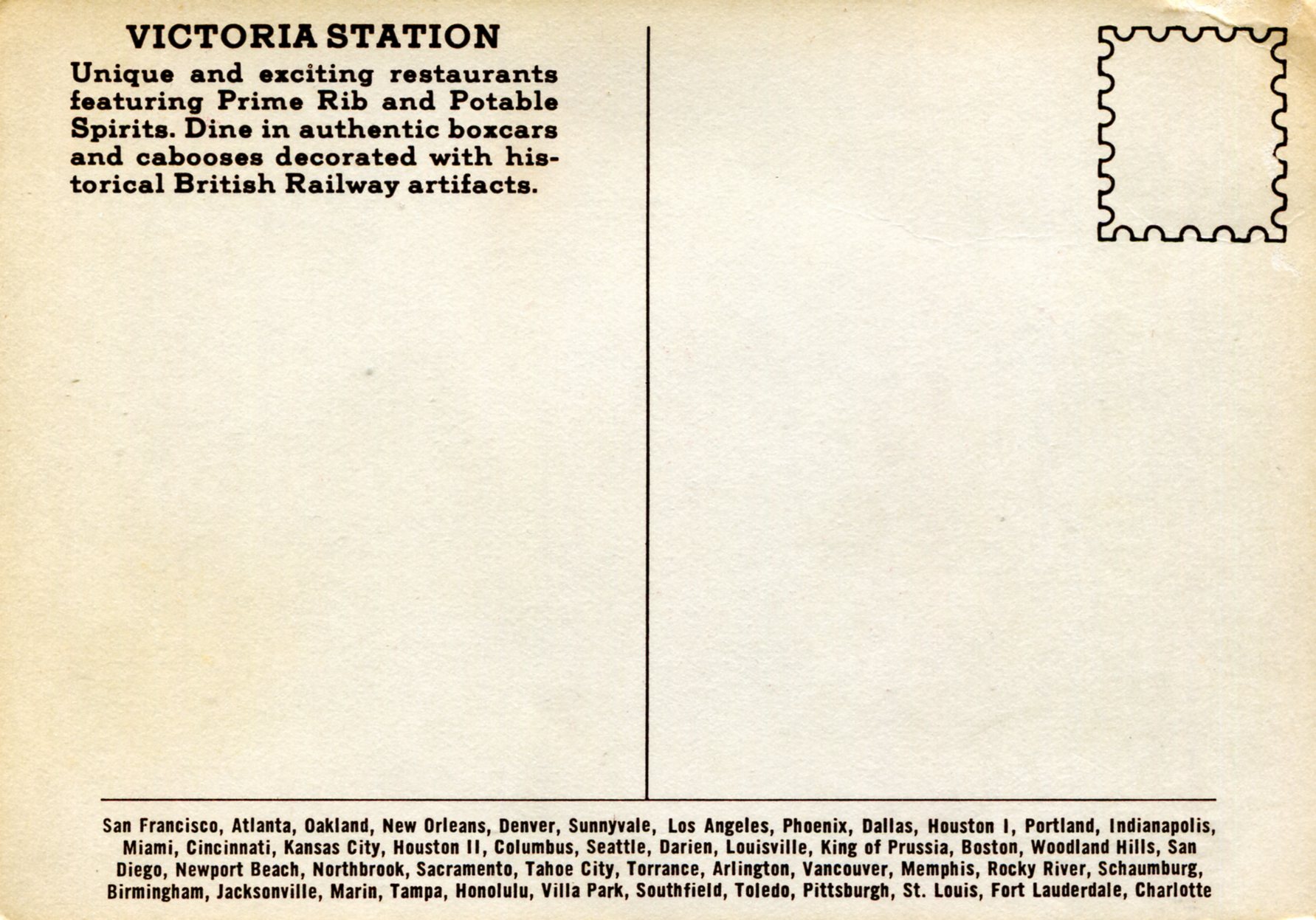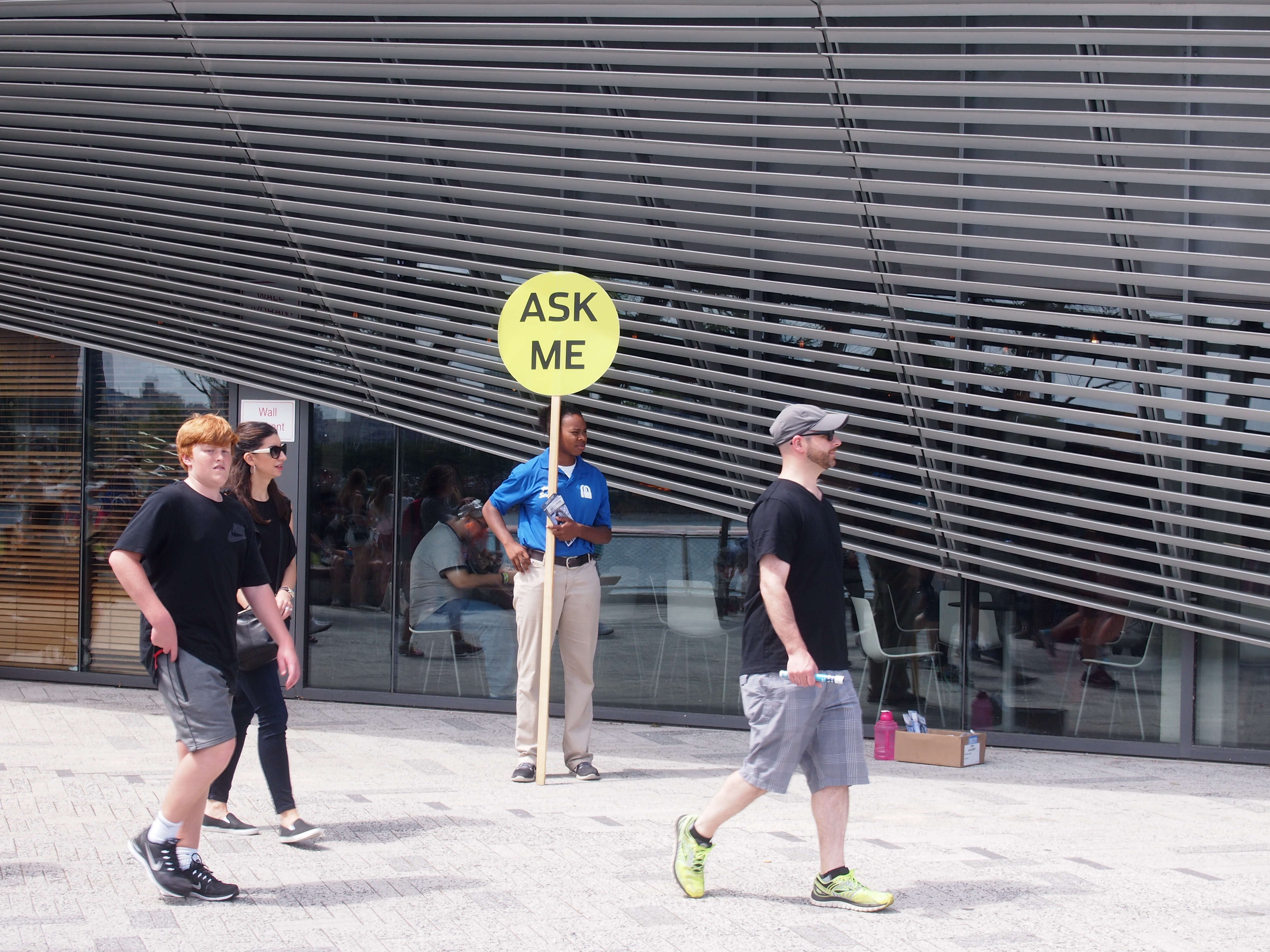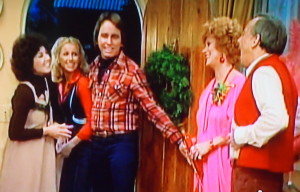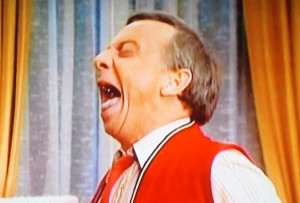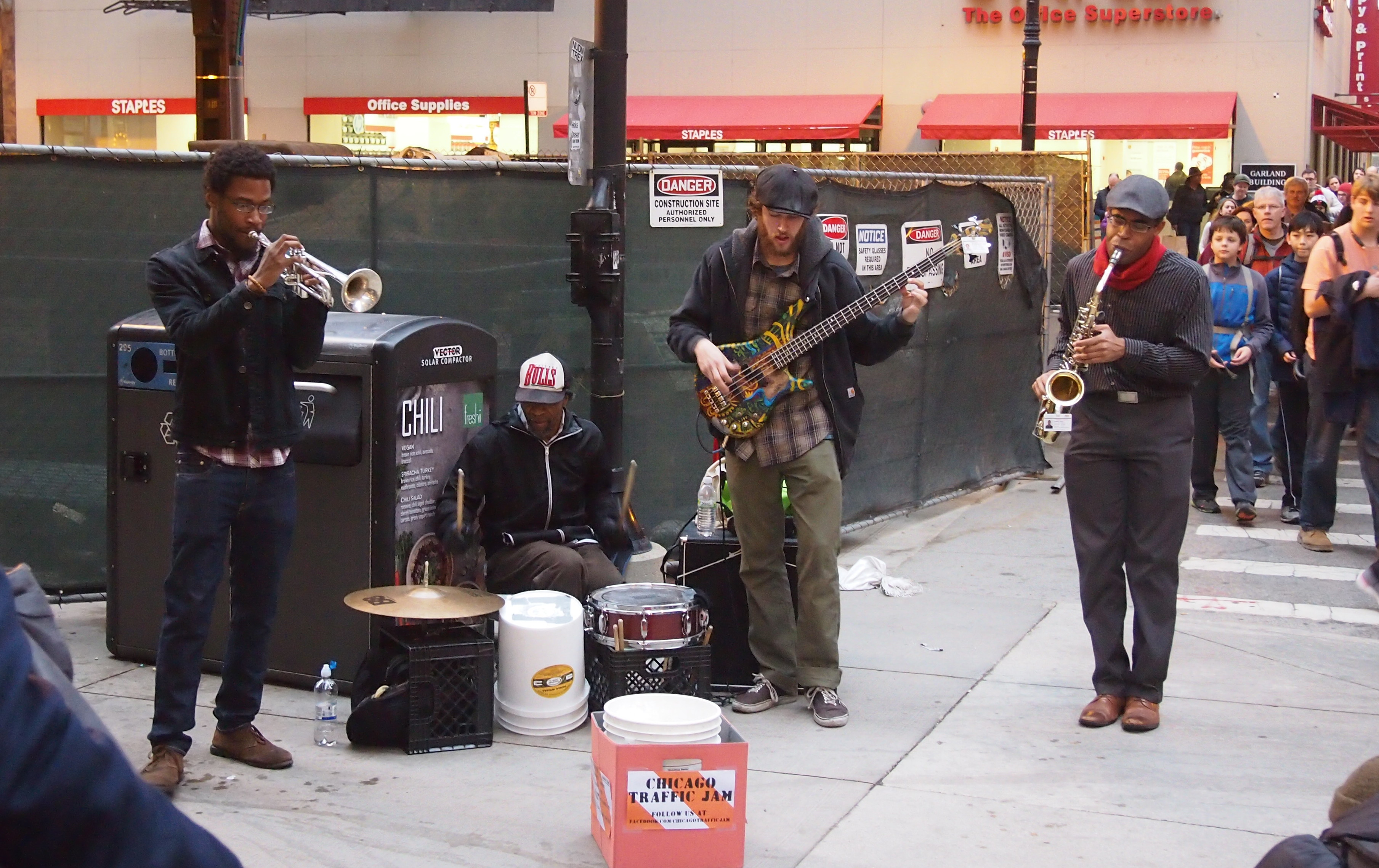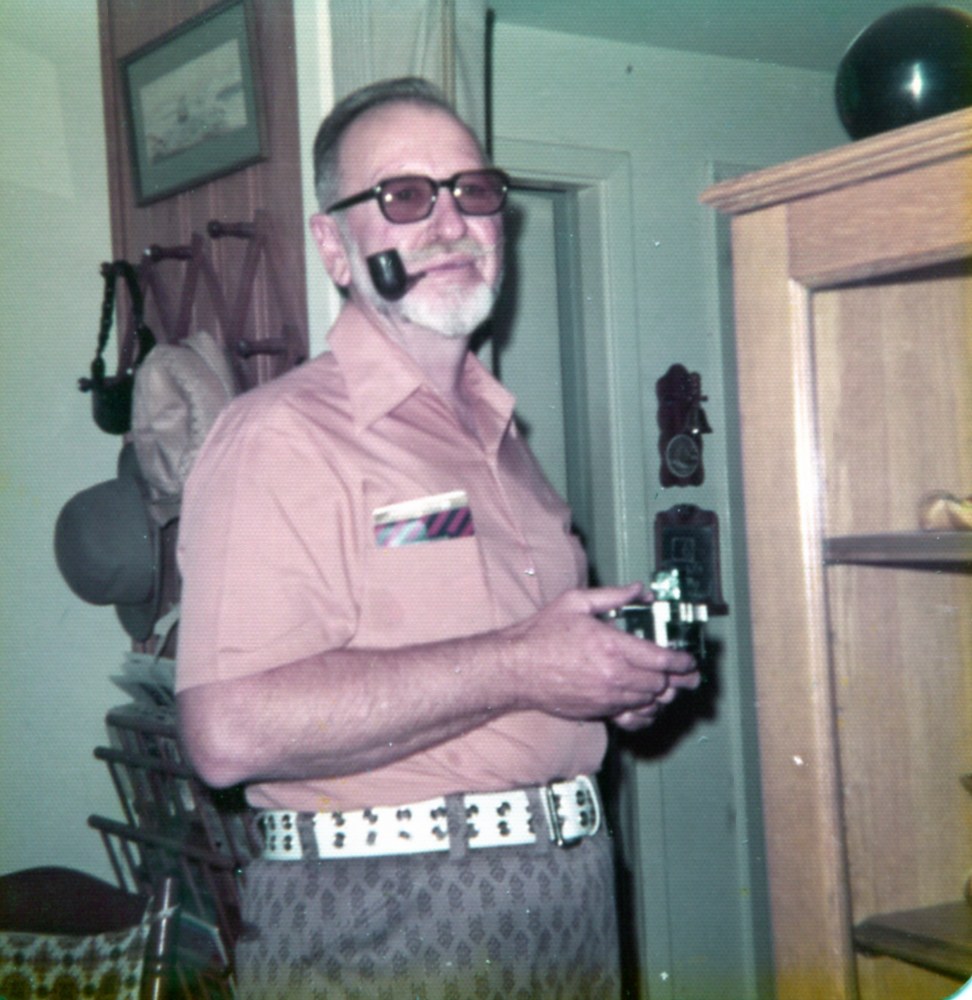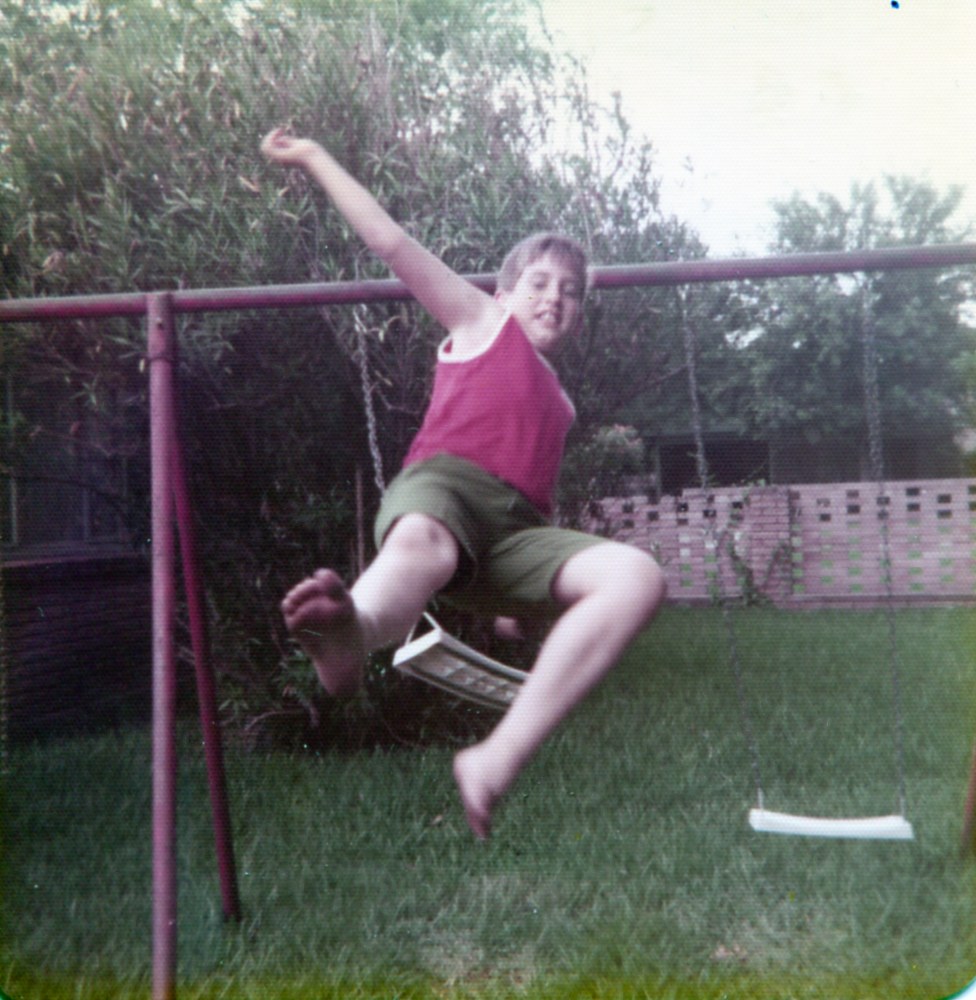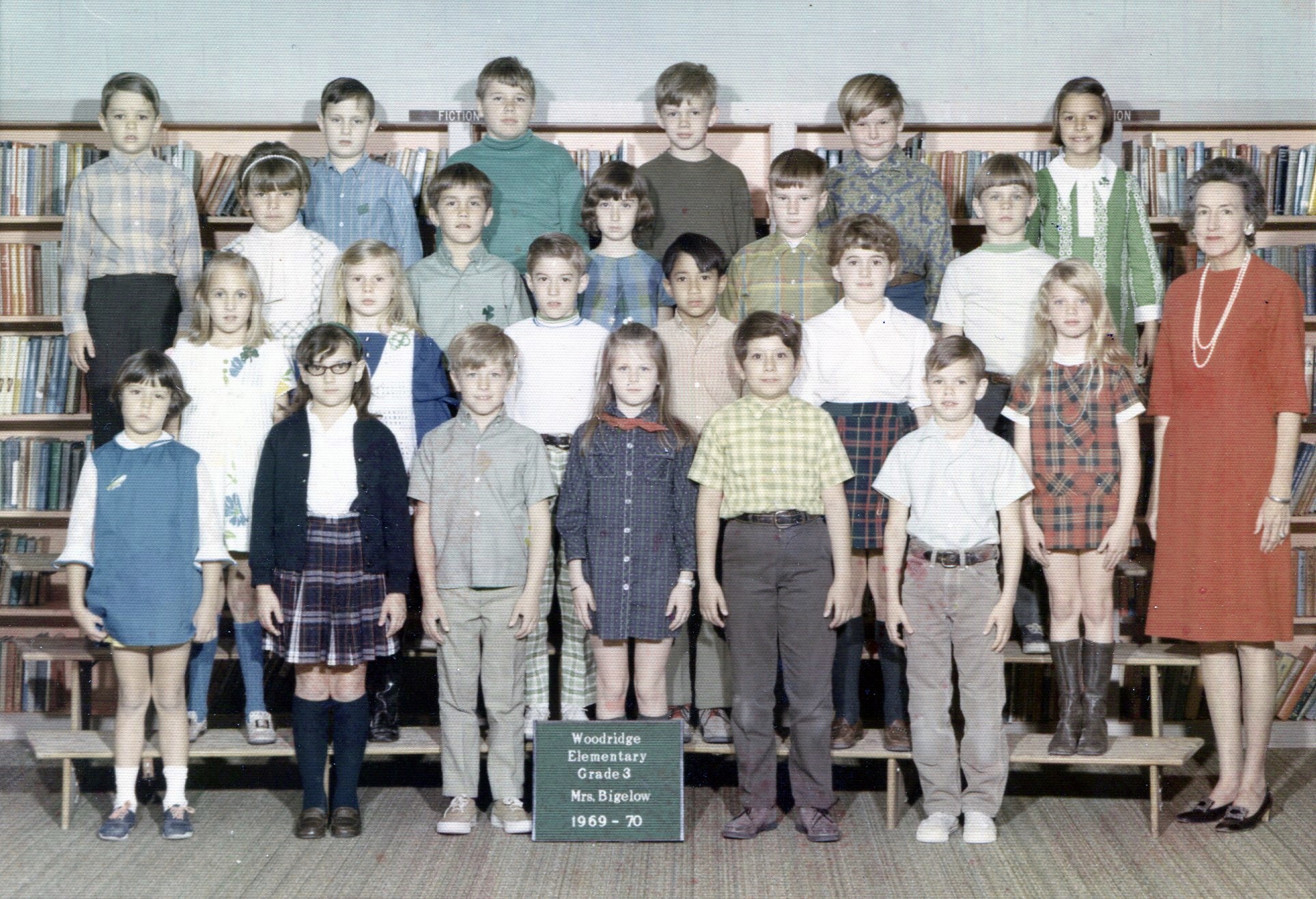A few months ago, I noticed that Netflix on demand has all of the episodes of M*A*S*H (why isn’t there an asterisk after the H?). At first I didn’t feel the need to watch any of them.
Then it occurred to me that I’d missed the first season, and maybe part of the second, when the show was on the air. I was too young to be interested, and picked it up sometime in junior high, maybe when it was part of the extraordinary Saturday night prime-time lineup on CBS during the ’73-74 season: All in the Family, M*A*S*H, The Mary Tyler Moore Show, The Bob Newhart Show, The Carol Burnett Show.
By the time the scriptwriters dropped Henry Blake into the Sea of Japan (March 18, 1975), I was surprised along with the rest of the country, since I’d been watching a while by then. After 1979, I didn’t watch it much anymore. Not only had the quality declined, I didn’t watch much TV at all, though I made a point — like the rest of the country — of watching the finale on February 28, 1983.
So I decided recently to take a look at the first season at least, one every week or two. On the whole, it holds up well enough. I liked it then and I still do, though it’s not the best television, or even the best show in a sitcom-like format (arguably, it’s not a sitcom anyway). As for the first season, it’s good to see the original cast, complete with Trapper John and Henry Blake, both of whom were better than their replacements.
Also of note is first-season Radar O’Reilly, who is a bit more nuanced than he would be later. Besides his longstanding anticipation of events, and that he knew more about what was going on that Col. Blake did — an old joke, that — Radar drank alcohol, helped Hawkeye cheat at cards, traded weekend passes for favors, and was perfectly willing to ogle nurses as they walked by or spy on them in the shower, things he’d be too timid to do later. His evolution in the series into a naive Iowa farm boy did no favors to the character. There’s an essay waiting to be written about the infantilization of Radar O’Reilly.
And what happened to Spearchucker Jones, the talented African-American surgeon? He makes appearances in the first season but not later that I remember. Admittedly, that nickname wouldn’t have gone down well even in the 1970s, but it could have easily been dropped, while the character could have been developed, even as a supporting one. Apparently the producers decided otherwise.
M*A*S*H also suffered from the strictures of network television. One good example: Hawkeye and Trapper emerge from surgery, bitching about spending 12 or 14 hours or whatever operating, and there’s not a drop of blood on them. One of the salient visuals of the movie M*A*S*H is in complete contrast to that: there’s blood all over the place in the meatball operating room, and on the doctors too. Of course, had the TV show depicted that much blood, the audience of the time wouldn’t have noticed anything else. That was before splatter movies and cable TV shows inured people to that kind of thing, after all.
Speaking of cable, I couldn’t help thinking that M*A*S*H would be better — in competent hands, whoever that might be — on cable. More visible blood, dirt, and skin, for one thing, though it would be easy to overdo those aspects. More importantly, the characters could be fleshed out a good deal more. Once, just once, I’d like to see Hawkeye, after a long stretch of stressful surgery, and at the provocation of (say) a Korean character, explode in a tirade of ethnic slurs. Later he’d regret it, and drink himself blind to forget. That’s something a cable version of M*A*S*H could handle with aplomb.
